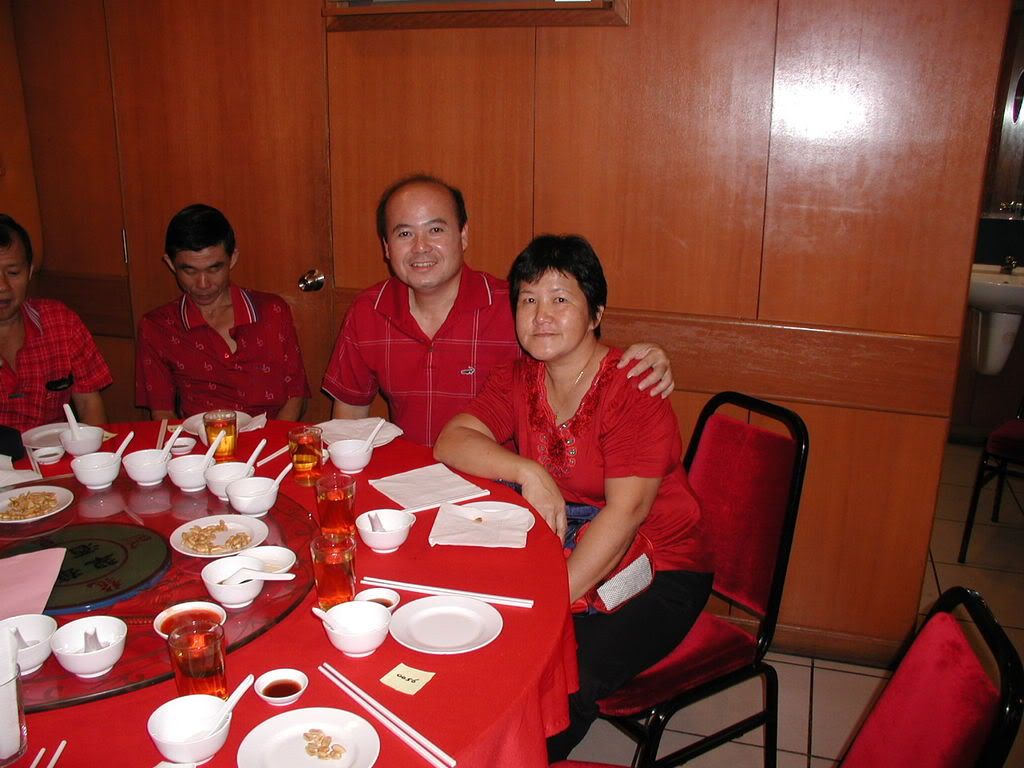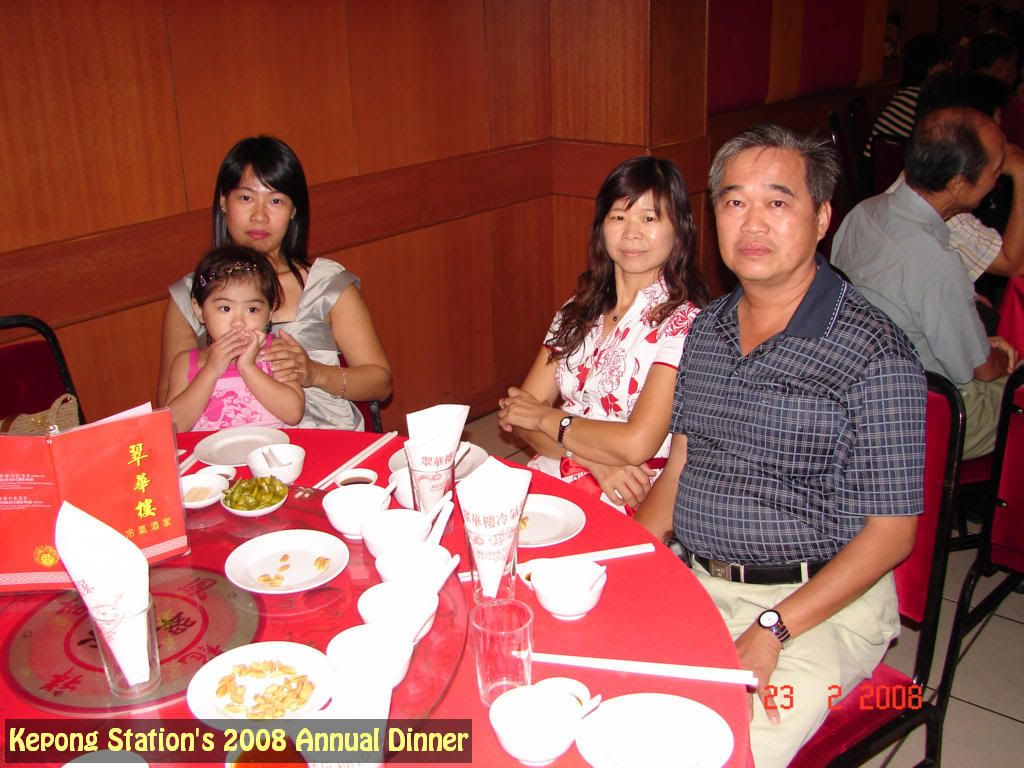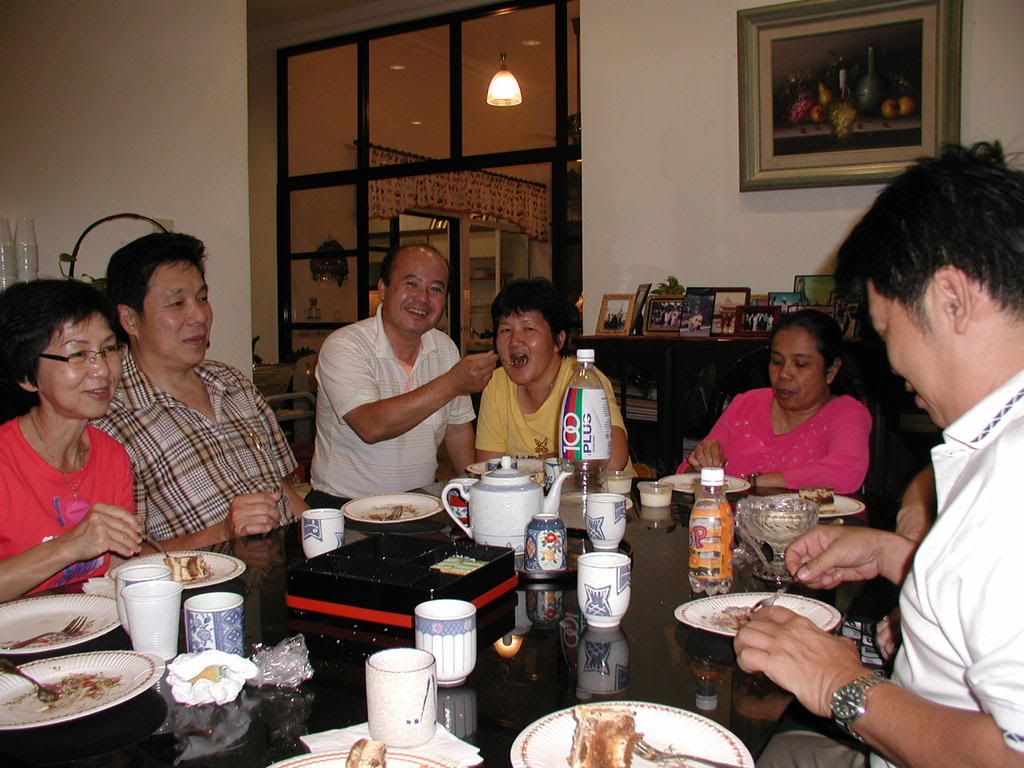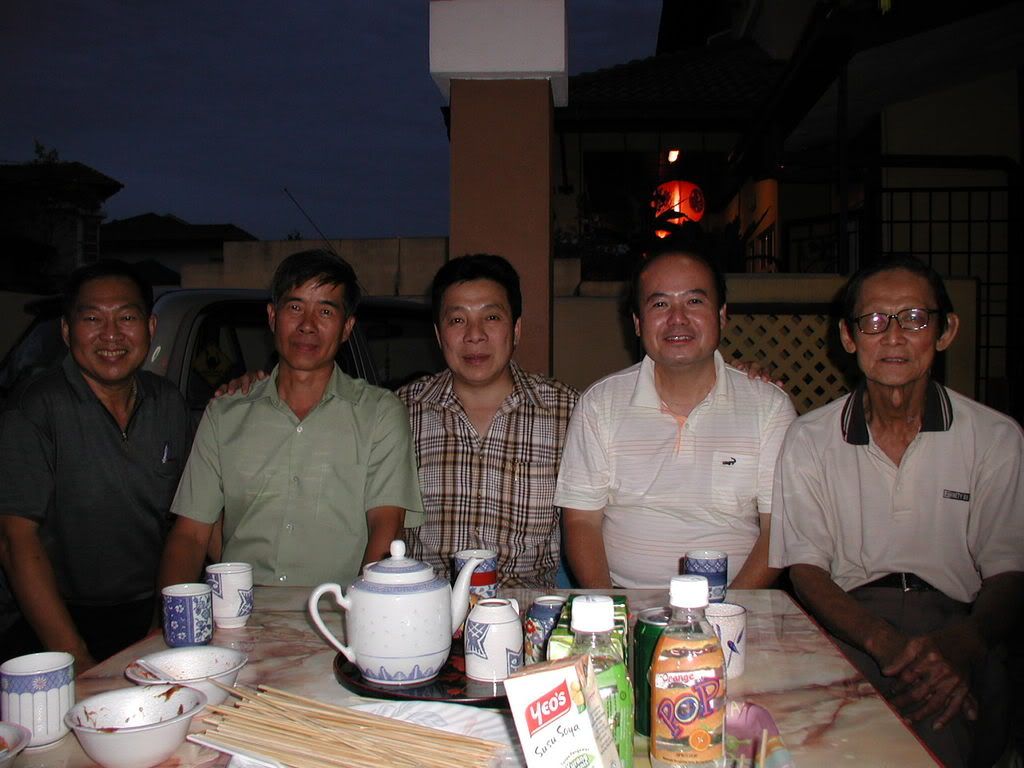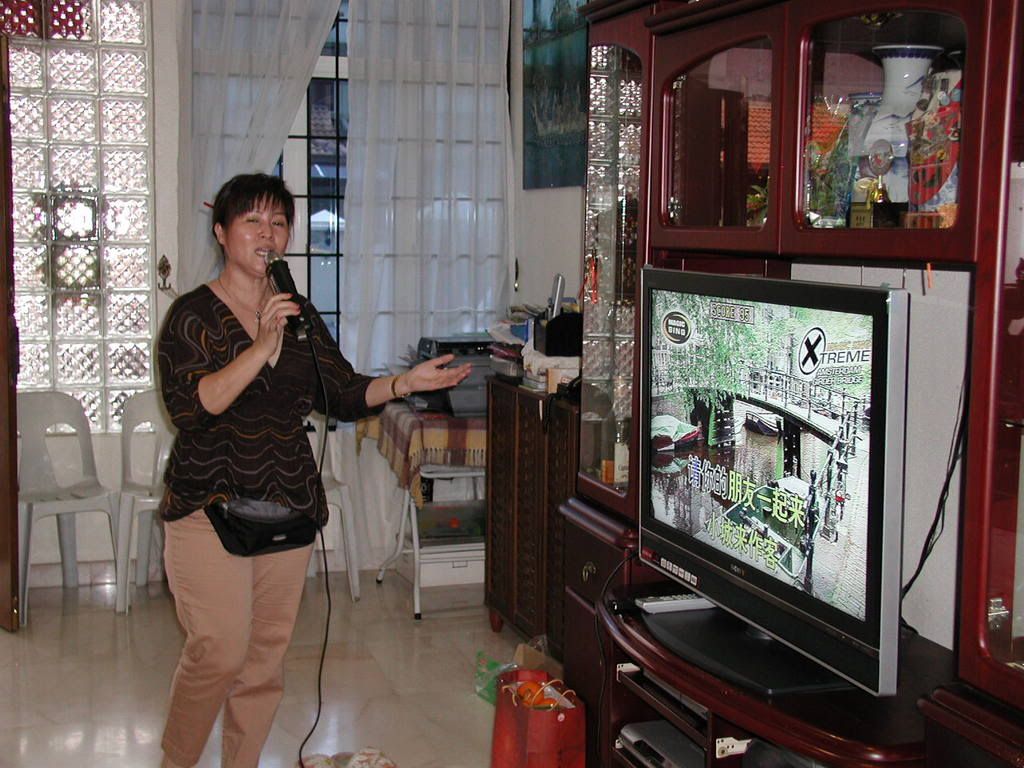(We received this article via an e-mail)
(Remedy for cancer and other illnesses by Dr.Tateishi Kazu - Japan)
(The following is a translation of an article that appeared in Taipei, Taiwan).
When cancer strikes a family, what course of action should one take? Dr.Tateishi Kazu’s father and brother both died of cancer. And then he found himself suffering from cancer of the duodenum and spreading. His stomach was removed, but the cancer cells had spread to his lungs. He resolved to fight for his life. He researched, studied and tested over 1,500 types of herbs and plants. Eventually he discovered the right combination of ingredients and formulated a unique healing vegetable soup and brown rice tea with its own molecular powers. The vegetables are rich in green chlorophyll, amino acids, iron, phosphorous, calcium, all in a natural form.
He based his soup on the principles of Five Elements theory, the harmonizing balance of the forces of Yin and Yang, acid and alkaline, that engenders health as opposed to the imbalance, which leads to disease.
The five elements in our environment are wood, fire, earth, metal and water. Because of the balance of the five elements, the earth is able to produce life. Dr. Tataishi Kazu used the essence of the five elements. Each essence possesses its own color: green, red, yellow, white and black. These relate to the corresponding internal organs: heart, liver, spleen, lung and kidneys. He used the concept of the five different colors as matched to specific vegetables.
Green/Daikon Radish Leaves
White/Daikon Radish
Red/Carrot
Yellow/Burdock Root
Black/Shitake Mushrooms




What This Remedy May Do:
1. Heal Cancer
2. Restore injured joints and bone structure
3. Slow down the aging process
4. Rejuvenate the skin
5. Heal Cataracts
6. Heal liver disorders
7. Lower high blood pressure
8. Improve heart conditions
9. Reduce brain tumors and other related head-injury problems
10 Reduce high white blood cell counts
11. Improve T-cell function
This is a remedy for all age groups. When the soup is ingested, it produces thirty different elements for fighting disease. Within three days, it can stop the growth of cancer cells. Even for some last-stage cancer patients, it can lead to 100% remission. Patients who have subsisted on feeding tubes for nourishment, when given the soup, after two days regained their strength. Over 10,000 last-stage cancer patients have used this remedy. 99% are alive and were able to return to work.
(2 days’ quantity)
Ingredients
16 ounces white daikon (radish)
8-10 ounces white daikon (radish) greens
8-10 ounces carrot
8 ounces burdock root (also called Gobo in Japan)
3-5 fresh Shitake mushroom (sun-dried)
If not sun-dried, expose dried mushrooms to sun again.
Directions:
Fill a pot with three times the quantity of water as the vegetable. Cook the above items in a slow cooker (with ceramic pot inside) set first on High temperature, then later reduce the cooking temperature to low and let it simmer for two hours. The recipe smells and tastes like vegetable soup but without any spices. You can drink it throughout the day, cold, warm or hot just like tea.
Notes:
- Only only cook in glass or ceramic pots. No metallic pots.
- Don't peel anything! Don't add any seasoning! Do not mix with any other ingredients. Don't be "creative."
Another remedy that can be used in conjunction with the vegetable soup is brown rice tea. It is a good diuretic for ridding excess water from the body. For diabetics, it can bring the sugar level down by producing more natural insulin in the body. It cleanses the blood and blood vessel. A person with a heart condition drinking both soups in 20 days will be able to regulate their problem by drinking three cups per day. For a regular cancer patient, about two cups.
Ingredients:
1 cup brown rice
16 cups water
Notes:
- Only only cook in stainless steel, glass or ceramic pots.
- Don't add any seasoning! Do not mix with any other ingredients. Don't be "creative."
Directions:
1. Roast the rice without oil until dark brown but don't burn. Boil 8 cups of water and pour roasted rice into water. Turn off flame, cover and let sit five minutes. Strain out rice and reserve liquid.
2. Boil 8 more cups of water. Put the remaining rice back in the water. Cover, lower flame and simmer five minutes. Strain rice out. Mix the two rice waters together.
Special Notes:
The amount one needs depend on the condition. The more serious the condition, the more tea.
1. Do not drink tea while taking a high protein substance.
2. Don't drink the vegetable soup and brown rice tea together. Wait at least 15 minutes apart.
3. If you use this remedy regularly you will never be sick.
Some possible reactions:
1. itchy skin or eczema
2. If you use medications and/or have eczema, use less because of stronger reaction
3. People with head injury problems may develop headaches but don't worry.
4. People with eye problems may get temporary blurred vision or itching around eyes. Eyesight will get better. If you wear prescription glasses, try to reduce the prescription and use glasses less frequently.
5.Lowering of body temperature, but this is normal.
For high blood pressure, drink the two soups alternately but slowly. Blood pressure will come down after one month. Talk to a doctor about reducing medication, but don't stop medication right away. Use remedy for minimum of one month.
After three days of use, cancer cells stop growing.
After a minimum of one month normal cells begin to grow back.
Pancreatic Cancer: minimum 1 month
Stomach Cancer: 1 month
Liver Cancer: 1 year
Rheumatism: 1 year
Cataracts: 4 months
Eye Disease: 1-4 months
Insomnia, Sinusitis, Fatigue: 10-20 days
Eczema: 4-7months
Liver Spots: 3-6 months skin will clear
Hair growth: 6-12 months
Epilepsy: 3-6 months
Stroke: 6-12 months
Irregular heart beat: 20 days
Notes:
If you are on medication, consult with a doctor to adjust your dosage.
This remedy works for some people. It may not work for you. It is not intended to replace the traditional treatments.







